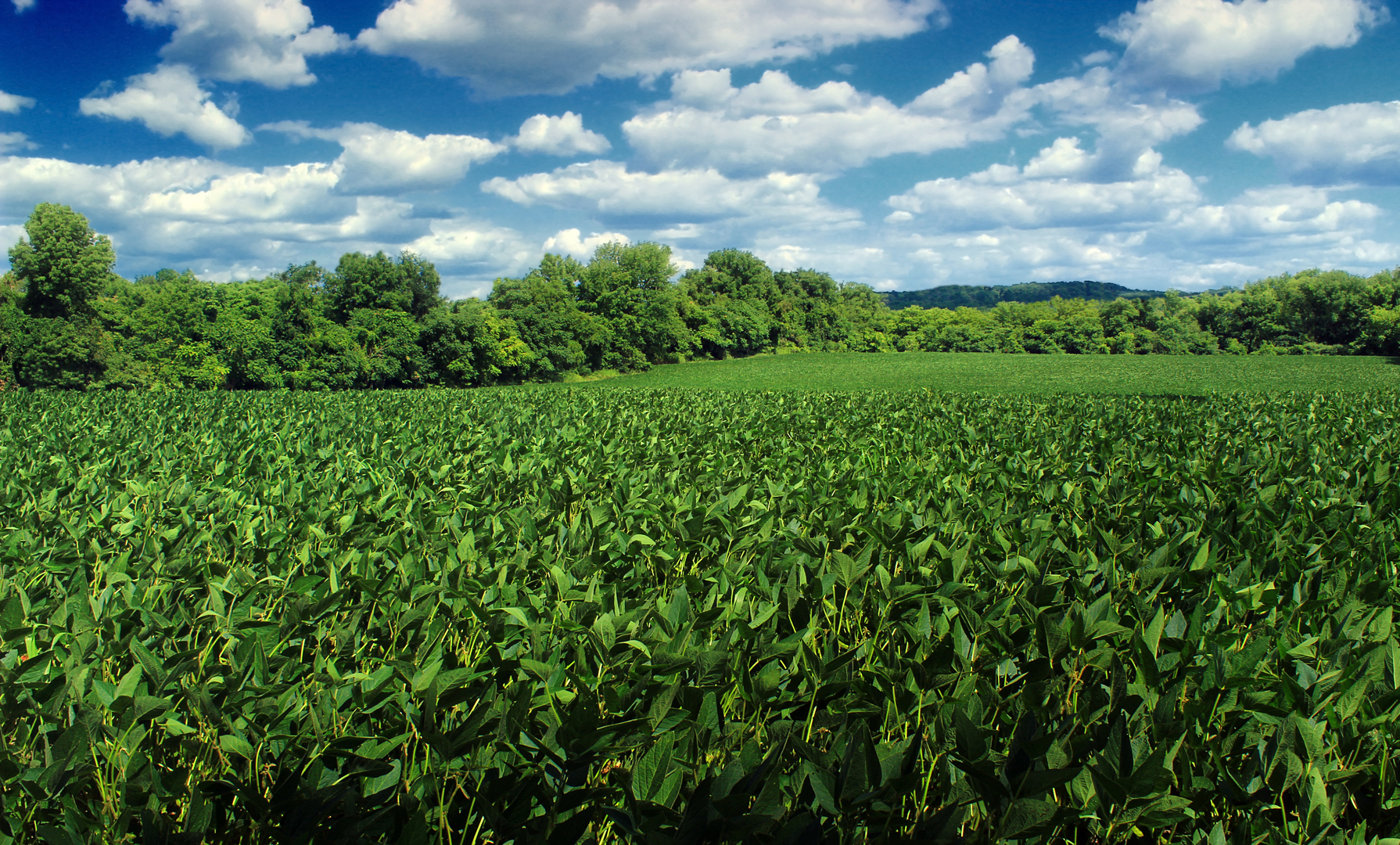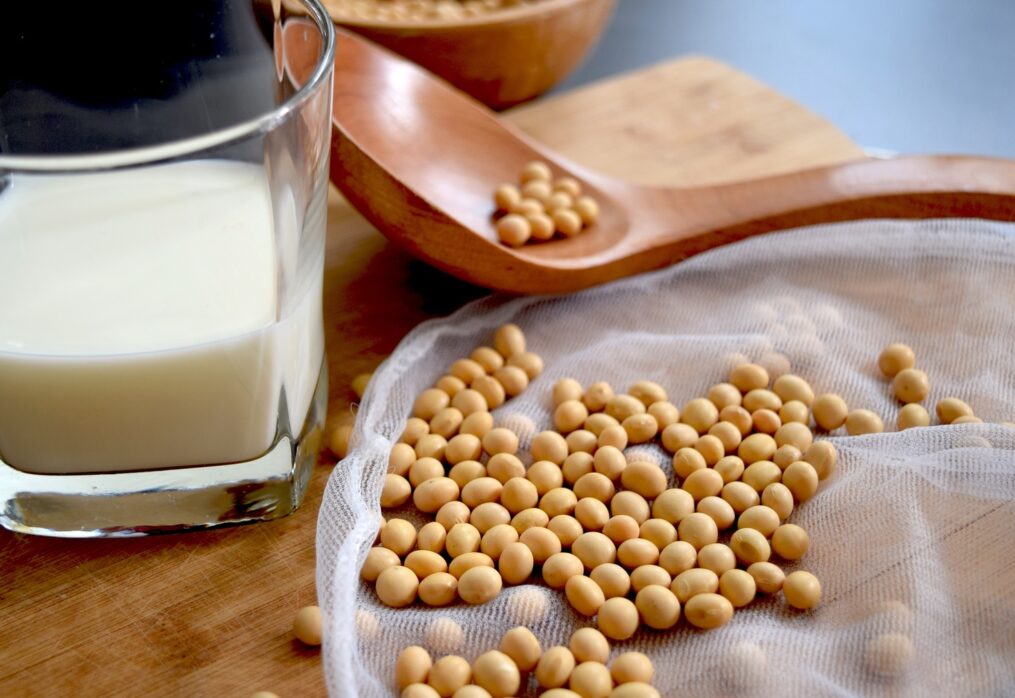Why soybeans are important to South Korea: plans to boost production
Soybeans: an overview of production in South Korea and the world
Soybeans are increasingly in demand on the global market, encouraging many countries to increase their production. USDA analysis shows South Korea’s soybean crop will increase in the coming years. However, during 2023 and 2024, oilseed production will remain at the same level as in previous periods. And after that, it will gradually increase. The country’s higher yields are due to government support. The Korean authorities want to reduce import dependence by increasing domestic production.
As of 2021, local farmers covered more than 44% of domestic soybean demand. The government aims to increase that share to 55.5% by 2027. In addition, the use of soybeans for foodstuffs should also increase from nearly 24% to more than 43% by that date. According to the USDA, the country’s harvest in 2023 will be 0.13 million tonnes.
It should be noted that soybean production plays a vital role in South Korea, as the crop is considered one of the most popular in the country. Analysts predict oilseed consumption will reach 1.4 million tons in 2023-2024. Of this, just over 1 million tonnes will be used for chopping, while 0.34 million tonnes will be used to make food products such as soy sauce and tofu.
Imports for the current season will remain at the 2022-2023 level — 1.3 million tonnes. Most of the beans sourced from other countries are used for flour production, as only purchased raw materials are used for this purpose. Imported soybeans are also used for the production of meals and animal feed.
Global soybean production
As for global soybean production, many analysts predict that it will exceed 330 million tonnes. Two countries, Brazil and the US, will account for 80% of the crop. Argentina and Paraguay are also the largest producers of soybeans, followed by Canada.
Brazil’s soybean is projected to reach 150 million tonnes in 2023. Domestic consumption estimated at 56 million tonnes. Production in Argentina is expected to reach 37 million tonnes, the lowest level in 15 years. The reason is the prolonged drought.
Unfavourable weather conditions are also being experienced in the USA. Here the harvest will amount to just over 116 mln tonnes. It’s 4% lower than the previous season’s harvest.
